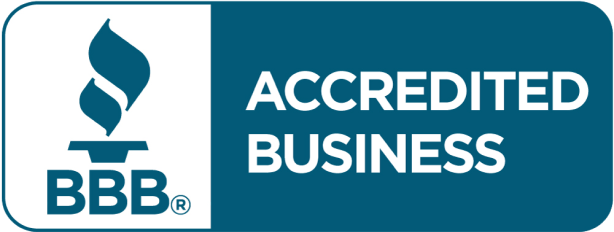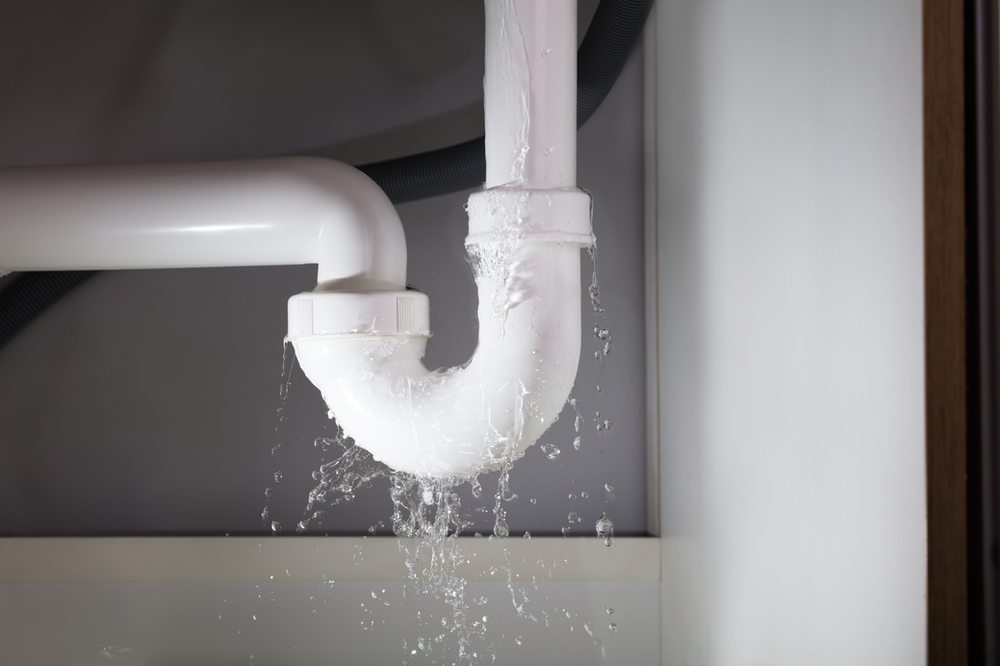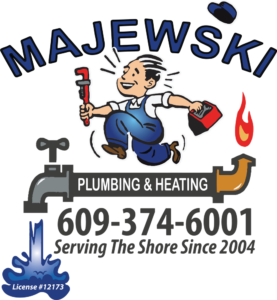License #12173


In New Jersey, we are lucky enough to experience and enjoy the four seasons.
Snow is lovely to look at, and cold temperatures are a part of the winter. Still, extreme temperature drops can be catastrophic for plumbing.
The very idea of returning home or waking up to burst pipes sends a shudder down the spine of every homeowner.
Still, it can happen.
If you have a pipe burst in your home, do you know what steps to take? The first step is to call a reputable plumbing company as soon as possible.
It is essential to have an expert handle the repair of your plumbing system because the extent of the damage may be beyond your scope. Also, you may not be able to see all of the damage.
While waiting for the plumber to arrive, you can take steps to reduce the damage to your home and plumbing system.
These steps are time-sensitive but essential to minimizing the effect of burst pipes and water leaks on your home:

First, and most importantly, turn off your main water supply. Doing so will stop additional water from moving through your pipes and causing damage.
The shut-off for your main water supply can likely be found under your kitchen sink, close to your water heater, or in your basement.
If the size of the leak is extreme, and flooding is occurring, then you may also need to turn off your electricity.
This is especially true if you think that the water may come into contact with your fuse box or any outlets or sockets. In this case, you should also be making a call to a certified electrician.

Once you have ensured that there will be no new water flowing into your home’s pipes, you will need to drain your faucets.
Start at the top of your house, and drain the cold water out of your taps by running them until they stop flowing. This includes showers and bathtubs.
You should also flush all of the toilets in the home at this time. You may want to repeat the steps on the toilets a few times because the aim is to empty the tank.
If the pipe burst is due to cold, this step will help relieve the pressure in your plumbing system and stop other areas of the plumbing from freezing.
Locate your water heater and shut it off. Turning off your water heating system will prevent it from overheating and burning up the internal elements because it is working without water.
It is also necessary because there is a slight chance that your tank could start to become dangerously pressurized if the relief valve doesn’t work.
Try to find the burst pipe. There will probably be signs; however, water can travel the length of a pipe and pool. So, a pool of water does not always indicate the exact location of the break. If your pipes burst when you were away and may have been flowing for some time—be careful when you enter a room as the floor could be compromised.
Look for cracks, bubbling walls, or ceiling bulges, which can mean that water damage has already occurred. If the leak is dripping or even pouring, make sure that you place a receptacle underneath it to prevent further damage to your home.

Your water will eventually need to be turned back on, so you want to reduce the risk of another pipe bursting due to temperature.
Turn the heat on and open any cupboards, closets, and doors that can block the heat from reaching the pipes.
Warm air circulation will prevent your pipes from freezing, so this is a crucial step.
Any damage should be documented for an insurance claim, so take photos of the burst pipe and the damage it caused. Damaged possessions are important to note, along with any structural damage.

Damaged belongings and structures are all evidence of how extensive your damage is, so take close-up photos of water-damaged items and water lines.
Use a measuring tape to show how high the water is and take photos from different angles.
File an insurance claim as soon as possible to mitigate mold growth.
You have one to two days before mold begins to grow.
Never be worried that you have taken too many photographs. You want as much evidence as possible to support your claim.
The first part of the cleanup process is to start drying anything that is soaking wet.
Remove everything from the area that can be moved. That includes soaking furniture or rugs and carpets.
Grab old towels to mop up what you can, and if there is a lot of pooled water, you will need to use a pump or a wet/dry vacuum. You will also need to use fans to help speed up the drying process.
Depending on the extent of the damage, you may need to hire a professional to dry and restore the damaged areas.
Professionals specializing in mold prevention, removal, and restoration have the correct tools for dealing with the after-effects of a flood.
They will also look for moisture and can clean or freeze-dry any documents that need preserving. They will also remove carpets, drywall, or other damaged items.
The most common causes of broken pipes are fluctuating water pressure, weak pipes from corrosion, and water hammers that weaken pipe joints.
The number one cause is exposure to freezing temperatures because of insufficient insulation.
To prevent a temperature-related catastrophe, you should have insulation added to your plumbing system.
You can have pipe sleeves or heat tape added to exposed pipes, especially on pipes that freeze more often than others, such as under the sink pipes.
Air should also circulate around the pipes and ensure that your home’s temperature never goes below 55 degrees Fahrenheit.
Micro leaks come from pinholes in your pipes. They can be innocuous until a cold snap, and because they allow cold air to enter the pipes, causing them to freeze and then burst.
If you can detect pinhole micro leaks before they become a significant problem, you can reduce your risk of having burst pipes.
However, it is very difficult for a homeowner to see micro leaks, especially since much of a plumbing system is hidden behind walls.
Enter a Smart Water Shutoff, the solution to pinhole leak detection. The Flo by Moen Shutoff can detect a leak as slow as a drip per minute.
The Flo by Moen will perform daily Health Tests that scan for micro leaks, which will identify pinhole leaks before they lead to disaster.

When you deal with a plumbing emergency, Majewski Plumbing, Heating, and Smart Home Technology can assist you with your plumbing issues with quality work and innovative technology.
If you want to make your home more convenient and prevent plumbing emergencies, Majewski is on top of the latest smart home technology.
From smart lighting to smart plumbing, Majewski has the expertise to assess, recommend and install smart home solutions that will suit your lifestyle.

1275 Bayshore Rd
Villas, NJ
08251
(609) 374-6001
